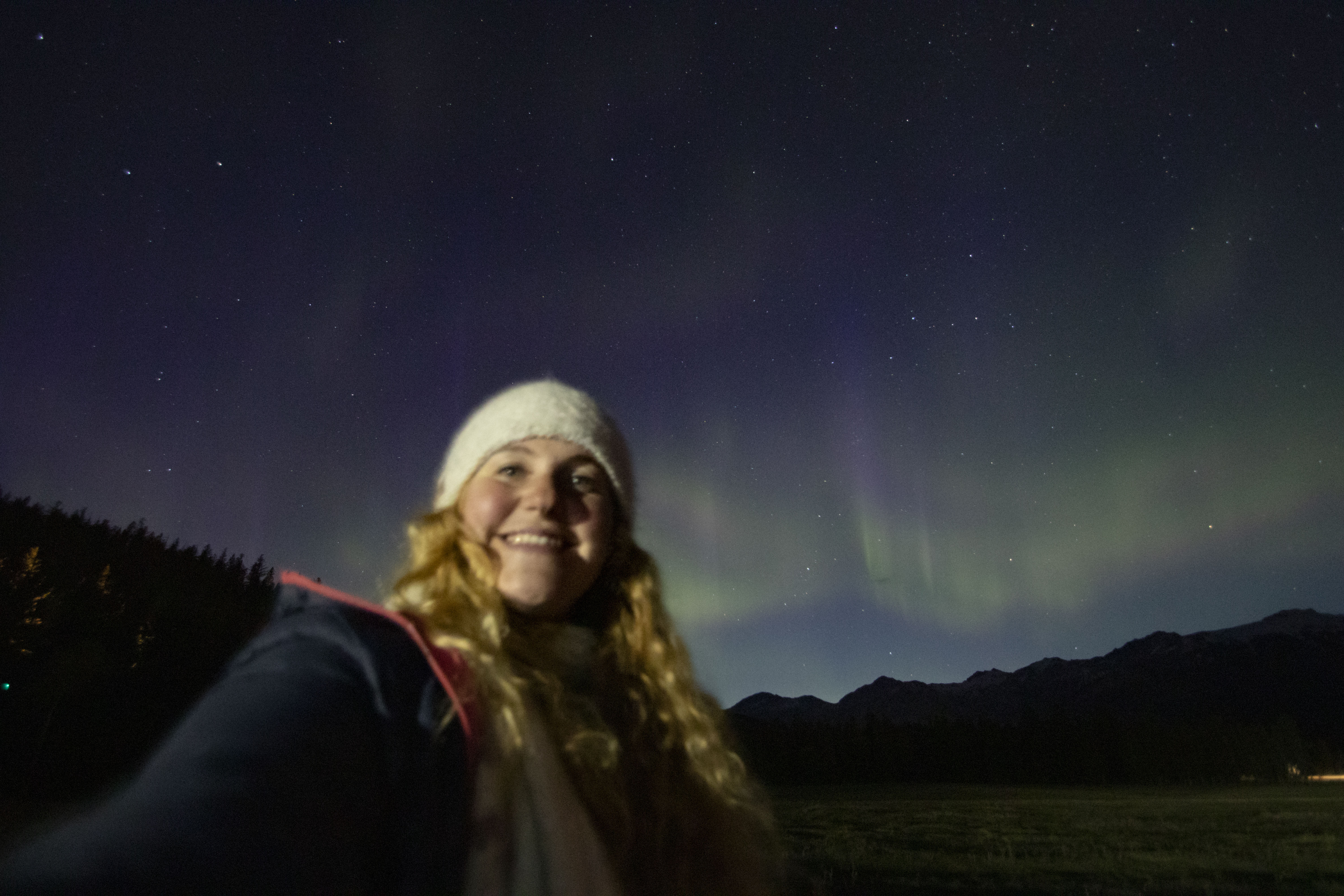Best equipment for aurora photography
Looking to get into aurora photography? Here are the best cameras, lenses and tripod kits for capturing the Northern Lights.

The best camera kit is the one you already own. But if you're just starting out with aurora photography – or astrophotography more generally – there's some specialized kit out there that might be worth the investment, including the best cameras for astrophotography. Below, we've created a guide to the best cameras available for capturing the Northern Lights, as well as the best lenses and tripods to support your kit.
The Aurora Borealis is one of nature's most majestic spectacles, making for some truly breath taking photography. But before you head out with your camera, you should plan your trip thoroughly – make sure you check out our guide on where to see the Northern Lights, for some simple tips on where and when to travel. And if you're completely new to all of this, have a quick look over our astrophotography for beginners guide, where you'll find some introductory advice.
Best cameras for aurora photography
Canon EOS Ra
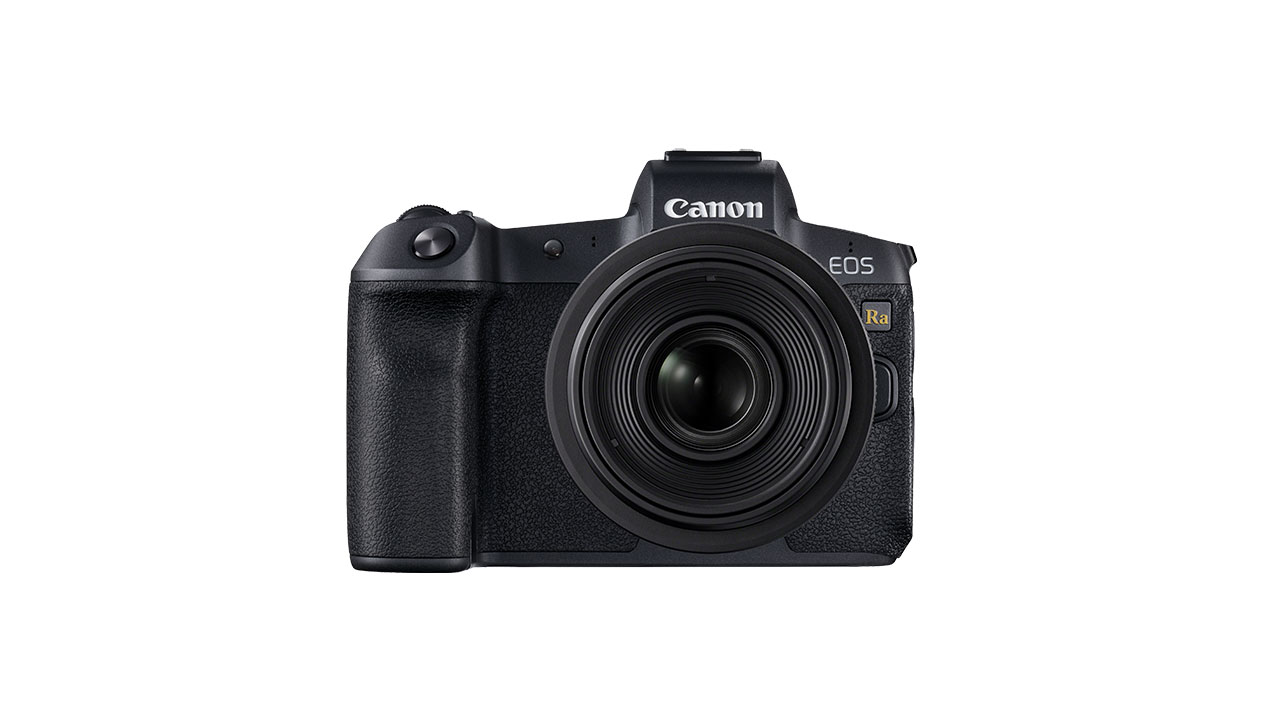
This is Canon’s Astro-specialist camera, which has sadly just been discontinued – but it's still worth picking up if you can find one. With its built-in infrared blocking filter (IR), the EOS Ra allows more Hydrogen Alpha light (Ha) than a standard EOS R to reach the full frame 30.3 megapixel sensor. It has an IS0 range of 100-40000 allowing lots of light in, a vari-angle touch screen and a zoom capable of 180%, so you'll never miss a detail while out in the field. The Canon EOS Ra is compatible with both RF and EF lenses, and EFS too via an adapter.
Being mirrorless means no vibrations during its quick shooting speeds, and with its low noise sensitivities, this camera ticks all the boxes for the Canon user, especially when shooting time lapse photography, though this camera is also capable of shooting 4k video of the Northern Lights. It has a weather and dust-sealed magnesium body and works great in temperatures as low as -40°C, perfect for aurora-chasing in arctic conditions.
Nikon D810A
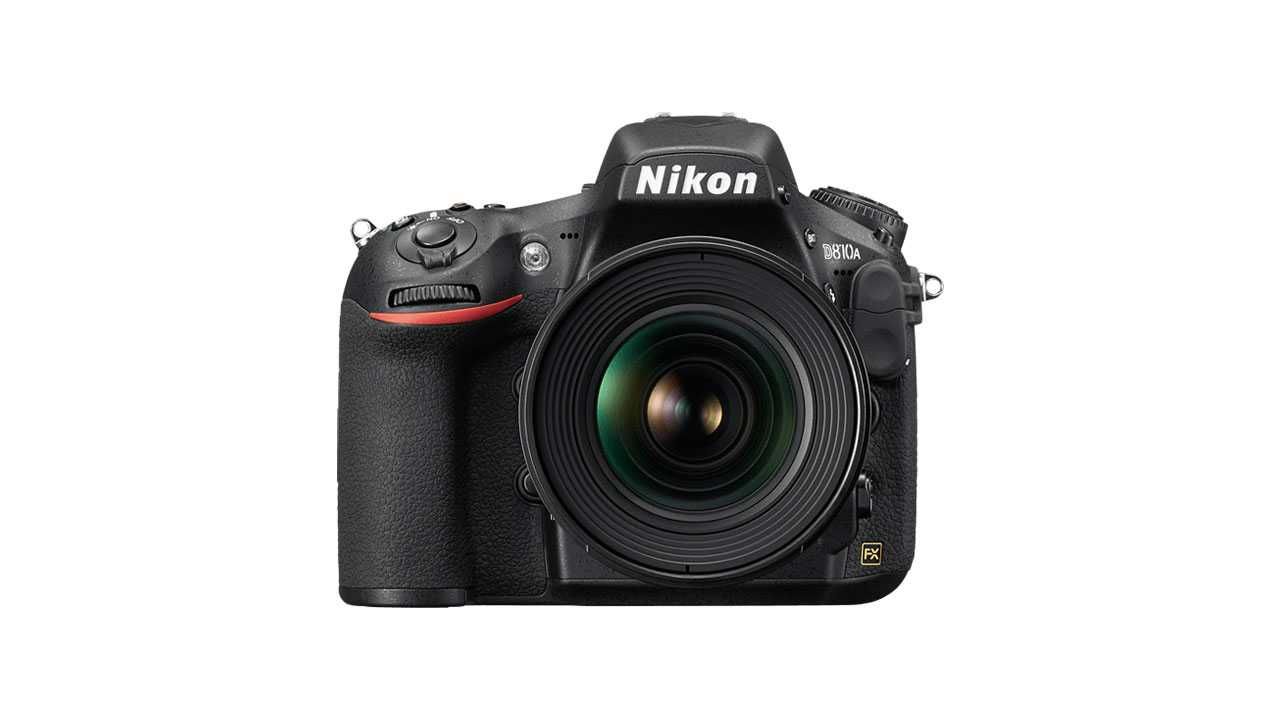
Engineered especially for astrophotography, the Nikon D810A has a built in IR blocking filter, allowing 4x more Ha (approximately 656nm) into the 36.3 megapixel sensor. This results in incredible clarity and the ability to capture the true colors of the night sky, with high ISO capabilities of 200-12800 that can be extended up to 51200.
The camera body comes with durable magnesium-sealed weather proofing, a 'live feature' view along with a red-lit virtual horizon (which allows you to check that your camera is level) and two card slots for a smooth shooting experience: one CF card slot for high-speed UDMA 7 cards, and one SD card slot for high-speed, high-capacity SDXC and UHS-I cards.
Sony A7III
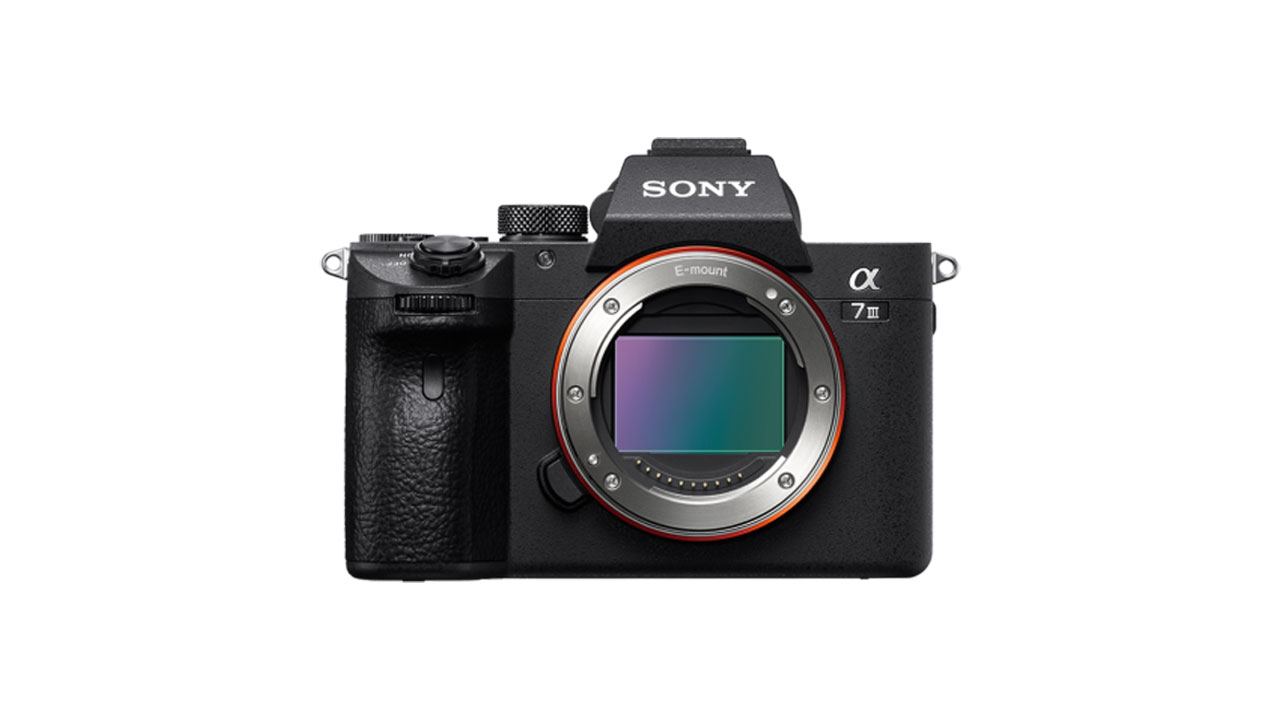
Sony’s third incarnation of the game-changing Sony A7 camera, the Sony A7III is lightweight yet packs a punch. With 4K HDR video, this camera is often used to capture videos of the Northern Lights. It boasts a 24.2 megapixel full frame Exmor R CMOS sensor and has a generous ISO range of 100-51200 (which can be extended to 50-2084800, thanks to low light capture) producing an abundance of detail even with poor light conditions.
There are some other great modern Cropped-Sensor Options to look at, as well as the above, which are slightly less expensive: Canon 80D, Nikon D500 and Sony A6000.
The best lenses for aurora photography
When shooting the aurora, you ideally want to shoot with a wide angle ‘fast’ lens in the 10-35mm range. Wide angle lenses allow you to capture as much of the sky and landscape around you as possible for a beautifully composed nightscape. A fast lens is one with a high aperture allowing more light to the sensor; f2.8 or lower is considered fast.
SIGMA 14mm F1.8 DG HSM ART
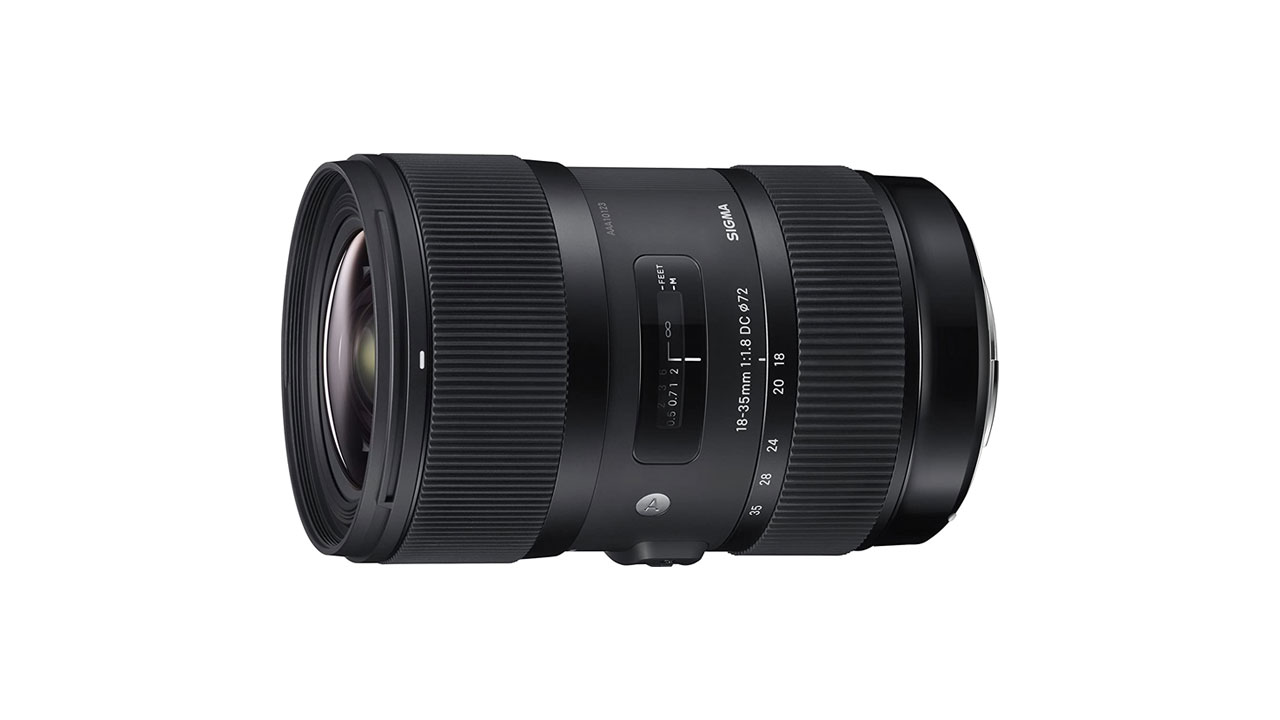
This fast wide angle prime lens is compatible with various mounts. The lens is heavy, though, but the glass quality produces clean, crisp images with its fixed focal length of 14mm. And with an aperture range of f1.8- f16, it's one of the fastest lens available. At its maximum aperture of f1.8 you can capture spectacular details of the Northern Lights, with short exposures covering a generous angle view of 114.2°.
Samyang XP 14mm F2.4
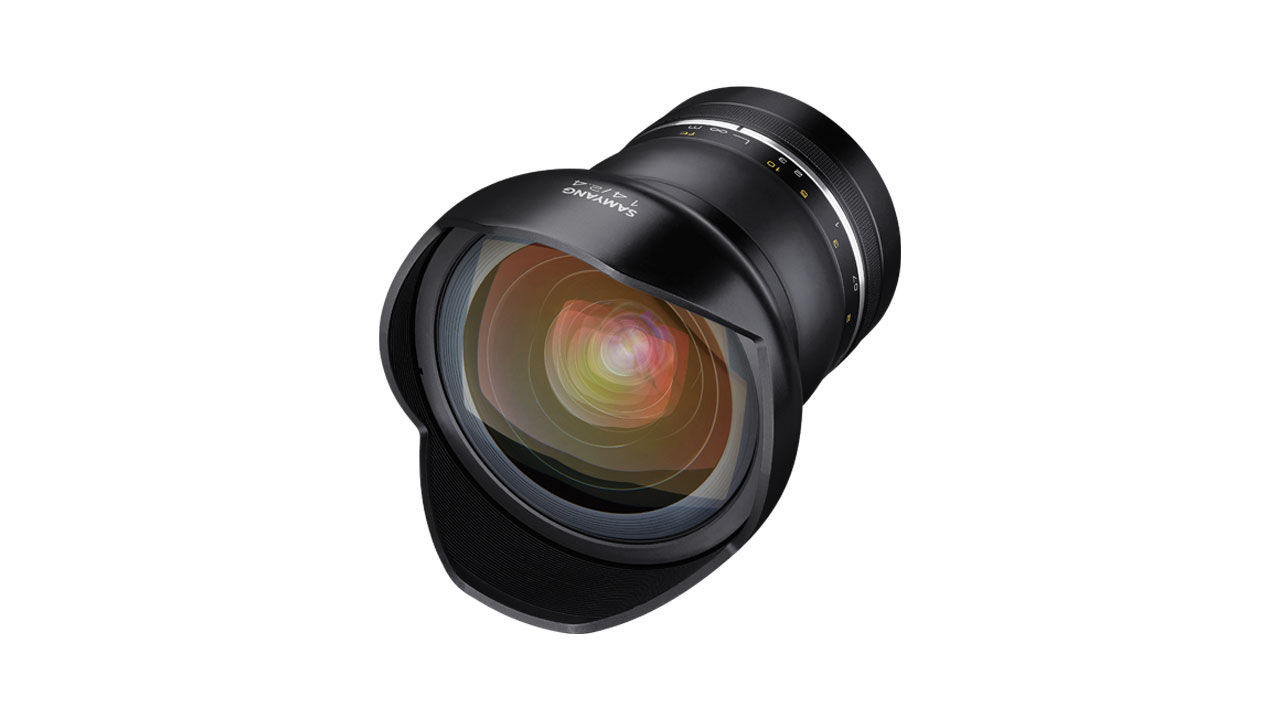
This ultra-wide lens is great value and suitable for both Canon and Nikon full frame mounts. With its crisp image quality and an angle view of 114°, the 14mm fixed focal length lens is more affordable and lighter than the Sigma - but it doesn’t cut back on image quality, as the glass is still top notch. The lens is fully manual, and is sometimes sold as the Rokinon SP 14mm F2.4 in Canada and America.
Samyang 10mm F2.8 ED AS NCS CS
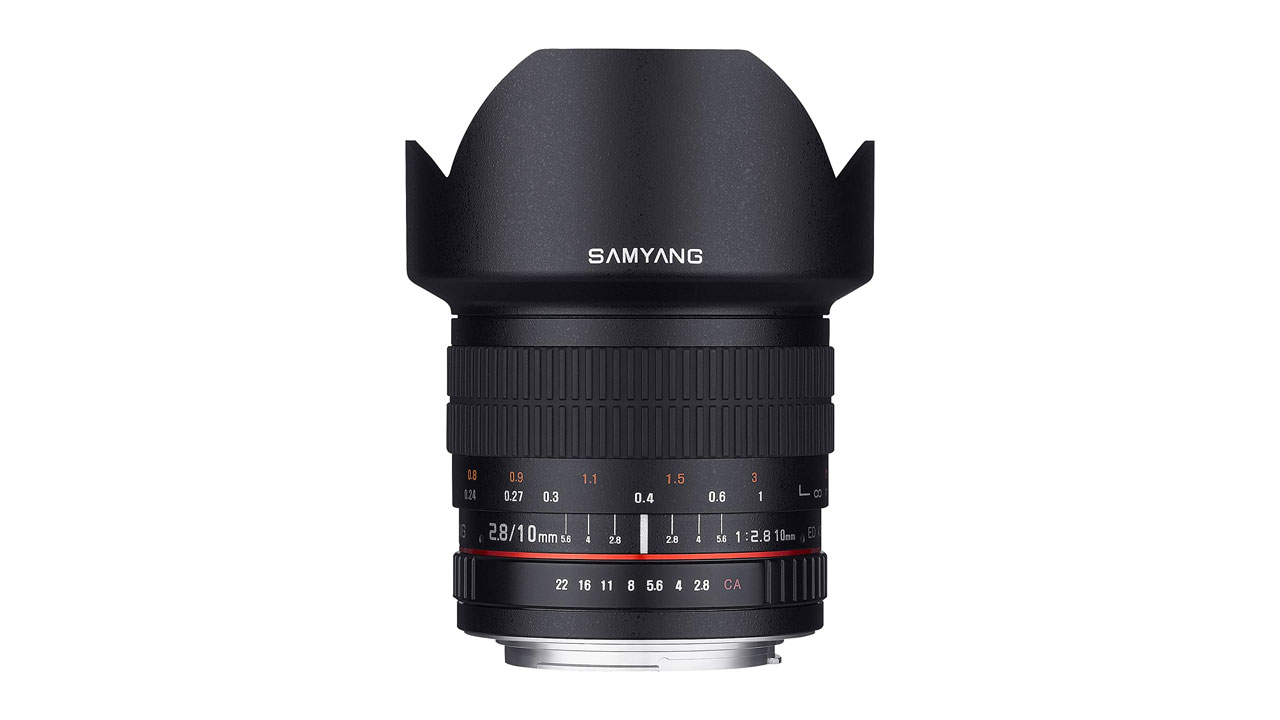
This extra-wide angle aspherical lens is a great lens for aurora photography, thanks to its cropped sensor. It’s lightweight and compact compared to the previous two lenses yet still has a view angle of 109.5°. This solidly-built lens may not have weather seals, but its performance is still great in terms of spherical aberration and vignetting, helping stars to not lose their natural shape even when shooting at f2.8, with precise manual focusing and a Nano Crystal Coating System (NCS) for increased light transmission and reduced internal reflections.
The best tripods for aurora photography
In order to capture the Northern Lights at their best, it is crucial that you have a tripod that can support the weight of your camera equipment and hold everything steady.
Manfrotto BeFree Carbon fibre Travel Tripod with Ball Head
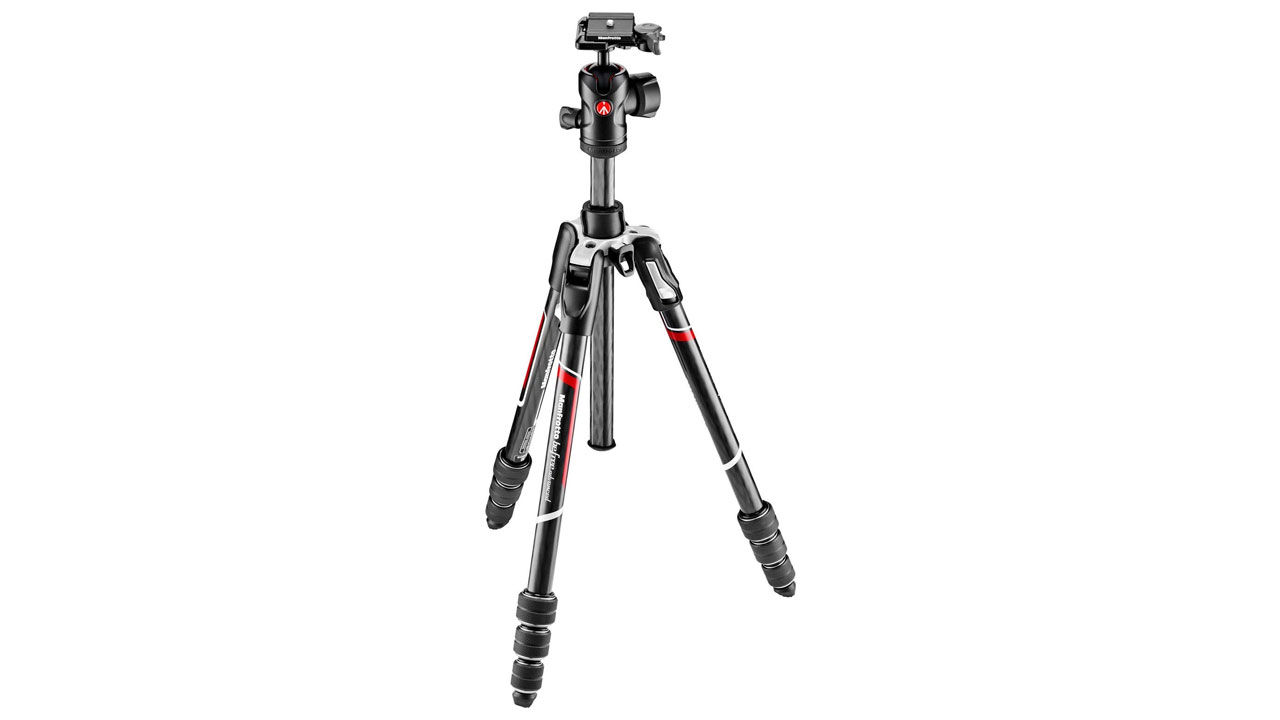
The perfect travel tripod, its strong, lightweight design allows the tripod to pack down to 40cm long. Weighing in at just 1.1kg, it easily fits into hand luggage or your backpack ready for a night hike. The ball head allows you to maneuver around 360° and locks securely in place under the payload of 4kg. When fully extended its maximum height is 142cm.
Manfrotto 190XPro aluminum 3-Section Tripod with 496RC2 Ball Head
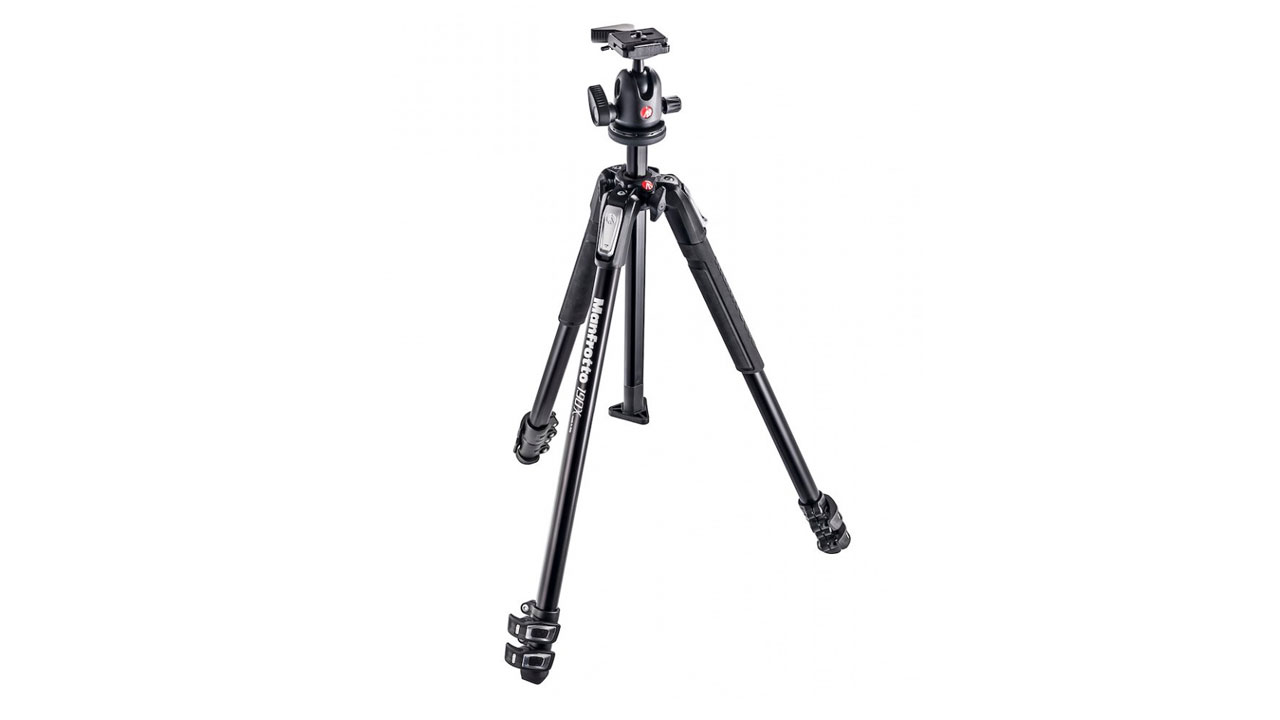
Ideal for a heavier payload of up to 6kg, the 190X is taller and heavier making it a bit sturdier – and with the strong dual-lock 496RC2 ball head, your kit isn’t going anywhere!
With quick power lock legs, it is fast to set up and start shooting when the Northern Lights erupt across the sky. With its maximum height of 170cm and weight of 2.4kg, this tripod is perfect for a long night of time-lapsing the Northern Lights and packs down to a convenient 69cm.
Benro Mach3 TMA37C Carbon Fibre Tripod
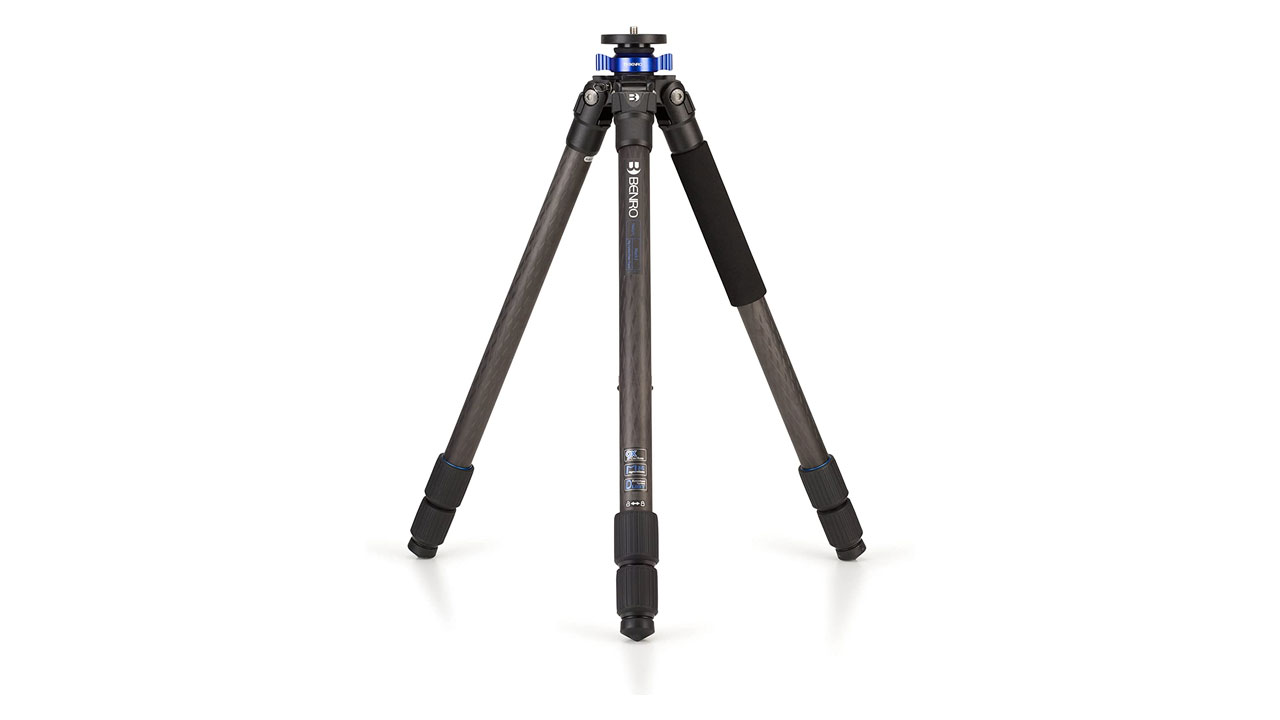
This is a classic design tripod made with advanced materials, including strong carbon fibre legs, twist locks, and magnesium castings which weigh in at 1.8kg. The Benro offers support for a payload up to 16kg. With a maximum working height of 161.5cm and a portable closed length of 38.5cm (head not included), this makes for a good sturdy tripod which packs down small enough for a backpack but can support a larger set up of star trackers and heavier lenses.
A new alternative for a ball head
Two exciting new alternatives to a ball head are the Move Shoot Move V and Z platforms designed by UK Astro photographer Alyn Wallace. Both solve the problem of having your ball head at an awkward angle when using a star tracker or for those trying to save weight if already using a heavy set up.
Join our Space Forums to keep talking space on the latest missions, night sky and more! And if you have a news tip, correction or comment, let us know at: community@space.com.
Get the Space.com Newsletter
Breaking space news, the latest updates on rocket launches, skywatching events and more!
Hannahbella Nel lives a split life; half the year she’s an aurora guide in the far north and the other half she’s a conservation gardener and freelance writer based in the south west of England. In between she fills her spare time with being a NASA citizen scientist with Aurorasurus, studying space weather and plasma physics. She unwinds with landscape and astrophotography, paddle boarding and hiking the Welsh mountains.
